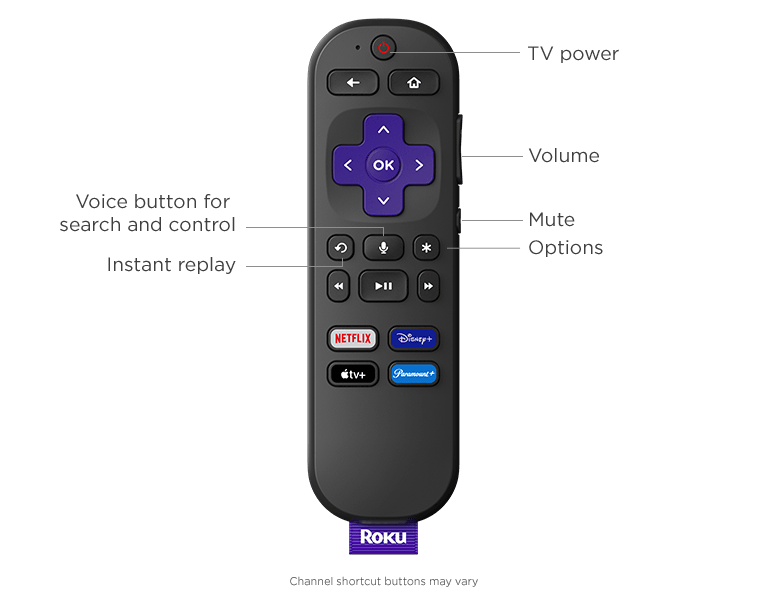I mean, all that has to happen is for 8 ACC schools to vote to dissolve and they can break their GOR. If ESPN, Fox, CBS, and NBC are will to redo their media deals with the B1G, SEC and Big 12 to account for this movement, I don't see why it couldn't happen.Some permutation of that would be an avalanche of dominoes.
Pretty sure this would also force the Pac to dissolve as I don't see the conferences stopping at just those schools. This would essentially force the consolidation of CFB into three conferences now with the Big 12 still a pretty distant third.
B1G would be at 20
SEC would be at 18
Big 12 would be at 16
BC, Cuse, Duke, Wake and the 10 Pac programs would be up for grabs.






